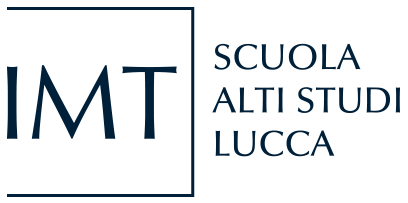In this presentation a brief recall is provided on the recent progresses in modelling the fatigue strength achieved at the University of Pisa, and the group of Machine Design in particular. The research investigation introduced in this talk is about the modelling of the notch effect, under fatigue loading, by including the plasticity, and more specifically, the Chaboche model for the traditional materials, such as high strength quenched and tempered steel. On the other hand, the recent additive manufacturing techniques, such as the LPBF (Laser Powder Bed Fusion), introduces new modelling challenges which focus on the effects of porosity, surface roughness and their interaction with the notches. Local methods, such as the TCD (Theory of Critical Distances) can be used in both the introduced situation: the traditional and the additive manufacturing materials, however, a specific rethinking is required for its application.
Join at: imt.lu/aula1
